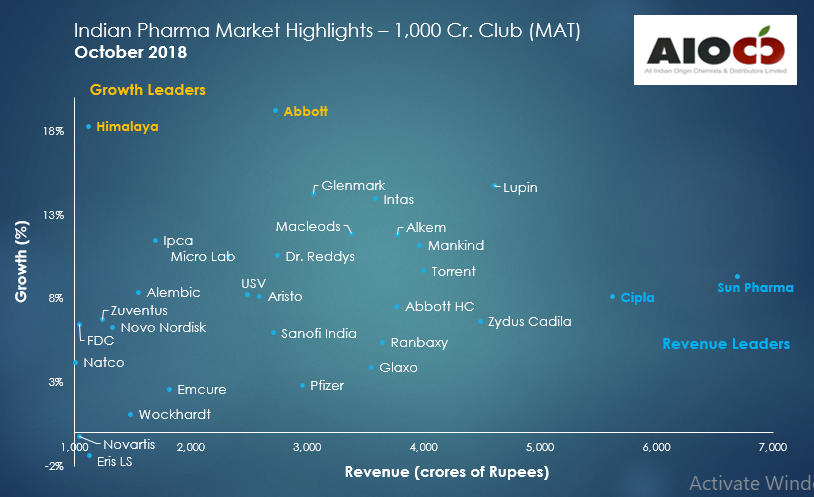
- Shortening in-clinic time for medical reps
- Lesser value seen in pharma marketing campaigns
- Not understanding the true value of the medicine brings focus on price
Doctors do not see much value in meeting medical reps because the information they share is stale and uninteresting. Doctors stay updated through the internet and other opportunities that digital technology provides them.
Can Companies Afford to not be in the Digital Economy?
When doctors are increasingly looking at digital sources for their information needs, does it make sense for pharma not to be present there? The digital economy is the effect that advancements in technology have on ways of doing business. Things change in the digital universe only in shape and form. The principles stay the same. Marketers often think that everything is new in the digital world. They have simply forgotten the first principle, which is to serve the customers – to have a customer-centric view and not a product-centric one.
Marketers often think that everything is new in the digital world. They have simply forgotten the first principle, which is to serve the customers – to have a customer-centric view and not a product-centric one.
Customer engagement, not products or services
While in the analogous world the golden rules of marketing have gathered a thick layer of dust, the digital world is brutal. It is ruled by customers who are spoiled for choice. In this economy your business is no longer only about your products or services. Customers believe product quality and features to be hygiene factors that are taken for granted. They do not give brands that dupe them a second chance. Not only do they expect honest and transparent business, they pay a premium for brands and companies that engage them. But the question is – how can we serve customers better online?
The first step is by knowing what they need.
[The digital world] is ruled by customers who are spoiled for choice. In this economy your business is no longer only about your products or services. Customers believe product quality and features to be hygiene factors that are taken for granted.
Customer Journey Mapping
Digital customer journeys are digital footprints left by customers online. This includes the sites they visit, the pages they spend time on, the content they consume and the way they move from one piece of content to another. This can tell marketers a lot about their needs.
A customer journey map is quite a simple concept: an illustration that details all the touchpoints at your organisation that a customer comes into contact with, as he/she attempt to achieve a goal, and the emotions they experience during that journey.
But the process of building the map is not so simple. The mapping process demands rigorous research and a meticulous understanding of the customer. If the map is to be truly reflective of what the customer experiences at a human level, corners cannot be cut.
Customer Experiences
It’s no surprise that companies who successfully implement a customer experience strategy achieve higher customer satisfaction rates, reduced customer churn and increased revenues.
Furthermore, research by American Express found that 60% of customers are willing to pay more for a better experience.
Research by American Express found that 60% of customers are willing to pay more for a better experience.
What is customer experience?
Customer experience (CX) is defined by interactions between a customer and an organization throughout their business relationship. An interaction can include awareness, discovery, cultivation, advocacy, purchases and service.
Customer experience is an integral part of Customer Relationship Management (CRM) and the reason why it’s important is because a customer who has a positive experience with a business is more likely to become a repeat and loyal customer. If you want your customers to stay loyal, you must invest in their experience! Simply put, happy customers remain loyal.
Digital Transformation
Most marketers know all this, yet they fail miserably at creating the right customer experiences and end up blaming technology. This is because they do not grasp the full impact of digital transformation.
While most people think that transforming digitally means to buy and deploy the best technology and software available on the market, they fail to focus on the mindset of the teams that will work with the technology. Digital transformation is more about transforming the mind than it is about deploying technology.
Digital transformation is more about transforming the mind than it is about deploying technology.
Role of Leaders in Digital Transformation
How does an organization lead a transformation while facing such headwinds? The transformation process is a slow one and not an overnight change as most people perceive it to be.
This is because leaders perceive that jolting a time-tested structure that supports a multi-crore business is risky. So why create more risk than what the environment already presents? Yet, leadership acumen is put to test often, because success depends on anticipating market trends and responding quickly. It lies not so much in the structure of the organization but in the way that structure behaves and responds to emerging market trends.





